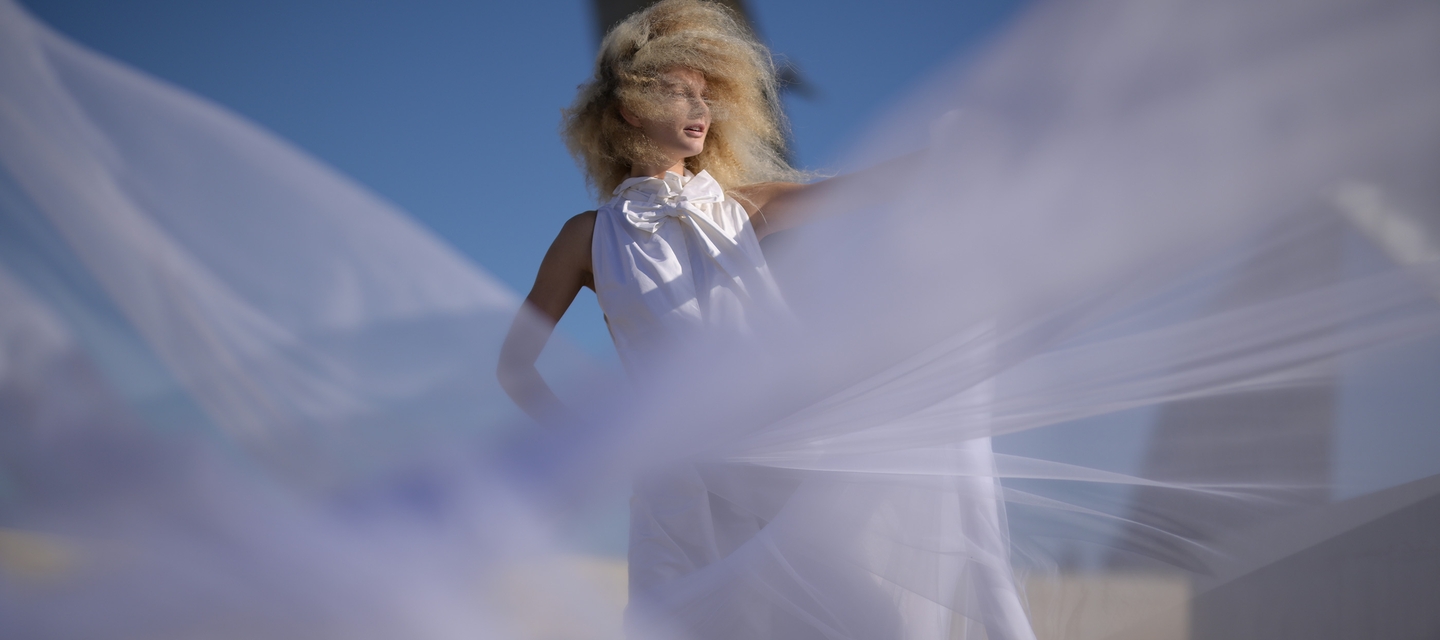L’objectif NIKKOR le plus rapide jamais conçu.
Des performances révolutionnaires
Le Noct est le résultat de plus d’un siècle de savoir-faire optique et d’innovation technique.
Technologies optiques de pointe
Des performances optiques supérieures, le gage de qualité NIKKOR.
Commodité. Intégré.

Technologie

Verre ED (à dispersion extra faible)
Un verre optique développé par Nikon et utilisé avec du verre optique normal sur les téléobjectifs, afin d’obtenir une correction optimale des aberrations chromatiques.

Revêtement ARNEO
Un revêtement antireflet conçu par Nikon et utilisé conjointement avec le traitement nanocristal pour réduire encore davantage les images fantômes et les lumières parasites causées par l’entrée verticale de lumière incidente dans l’objectif. Cela permet une capture d’images remarquablement claire lorsqu’une source lumineuse est située dans le cadre.

Mécanisme de diaphragme électromagnétique
Un mécanisme de diaphragme électromagnétique situé dans le barillet de l’objectif permet d’obtenir une extrême précision pour le contrôle électronique du diaphragme ou des lamelles d’ouverture lors de l’utilisation de l’exposition automatique dans une prise de vue continue.

AS
AS désigne les lentilles asphériques. Ce type de lentille comprend des surfaces non sphériques sur l’un ou les deux côtés du verre afin d’éliminer certains types d’aberrations.

Revêtement en fluorine
Les photographes ont besoin d'un équipement en mesure de résister aux éléments. Le revêtement en fluorine de Nikon repousse efficacement la poussière, les gouttelettes d'eau, la graisse ou la saleté, assurant un retrait facile même lorsqu'elles adhèrent à la surface de l'objectif. Le revêtement en fluorine de Nikon résiste à l'essuyage fréquent de la surface de l'objectif et son effet antireflet rend également les photos plus nettes.

Traitement nanocristal
Revêtement antireflet développé par Nikon, permettant d’éliminer pratiquement tous les reflets sur les éléments internes de l’objectif, sur une très large plage de longueurs d’onde.

Traitement super intégré
Le traitement super intégré de Nikon est le terme employé par Nikon pour désigner le traitement multicouche des éléments optiques contenus dans les objectifs NIKKOR.
Les images des écrans ACL et des galeries photo et vidéo sont fournies à titre illustratif uniquement
Caractéristiques techniques
Longueur Focale
58mmOuverture Maximale
f/0.95Format
FXRevêtement Nano Cristal
OuiDimensions Approx. (Diamètre x Longueur)
4.01 in.102 mmx6.02 in.153 mmPoids Approx.
70.6 oz.2000 g
- Type de MontureMonture Nikon Z
- Longueur Focale58mm
- Ouverture Maximalef/0.95
- Ouverture Minimalef/16
- FormatFX
- Angle de Vue Maximum (format DX)27° 20′
- Angle de Vue Maximum (format FX)40° 50′
- Rapport de Reproduction Maximum0,194x
- Éléments de l'objectif17
- Groupes de l'Objectif10
- Format(s) Compatible(s)FX, DX
- Lames de Diaphragme11
- Information sur la DistanceOui
- Revêtement ArneoOui
- Revêtement Nano CristalOui
- Éléments en Verre ED4
- Revêtement de FluorineOui
- Éléments Asphériques3
- Revêtement Super IntégréOui
- Distance Minimale de Mise au Point0,5 m (1,64 pi) à partir du plan focal
- Mode de Mise au PointManuel
- Taille du Filtre82mm
- Type de Filtre AcceptéÀ visser
- Dimensions Approx. (Diamètre x Longueur)4.01 in.102 mmx6.02 in.153 mm
- Poids Approx.70.6 oz.2000 g
- Type d'ObjectifPrime
Assistance
Enregistrement de produit
L’enregistrement de votre produit Nikon nous permet de vous envoyer (avec votre permission) des mises à jour importantes, des renseignements sur le service et des conseils utiles. Cela simplifie par ailleurs les procédures dans l’éventualité où vous auriez besoin de nous appeler pour obtenir de l’aide.
Enregistrez votre produit en ligne maintenant.Site Réponses Nikon
Nous stockons tous les problèmes résolus dans notre base de données de solutions. Si vous n’y trouvez pas la réponse qui vous convient, envoyez votre question à notre équipe d’assistance technique.
Visualiser les Questions et réponses


